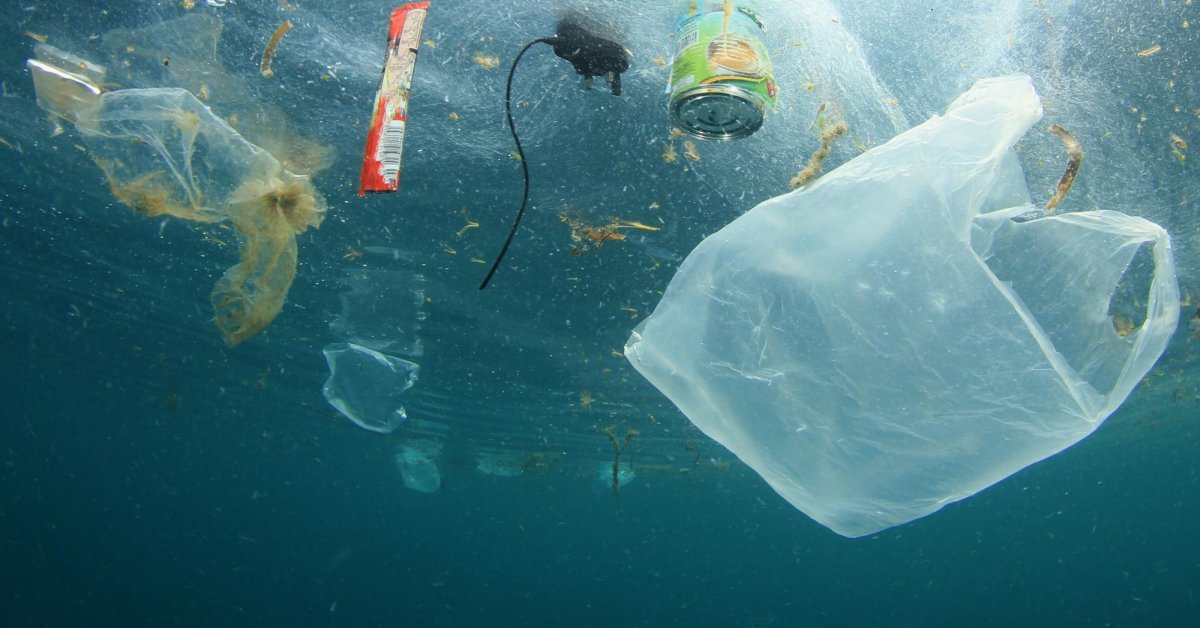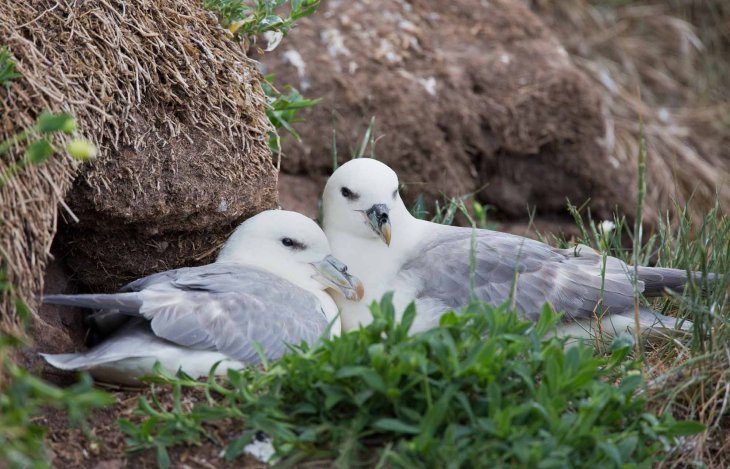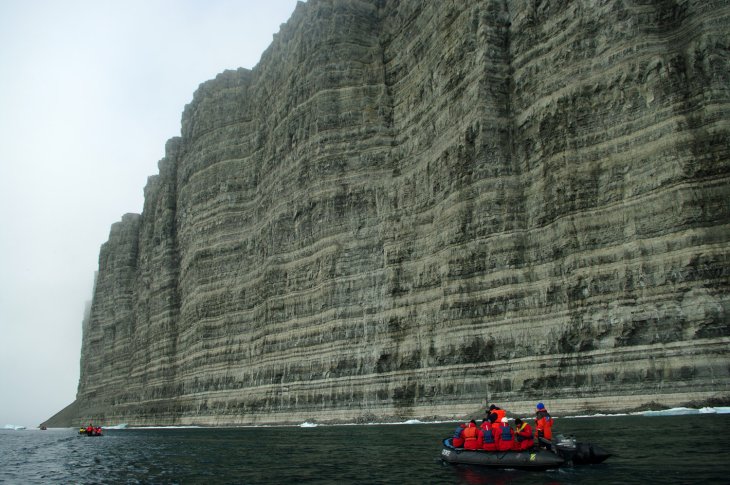Plastics Traces Have Been Found In The World’s Most Pristine Areas
Aadhya Khatri - Feb 28, 2019

There are plastic contaminants in the eggs of fulmar living in far subarctic regions, is there any place left free from our plastic waste?
- Tripura, India Has Constructed Its First-Ever Plastic Road
- Coca-Cola Plans To Replace Its Plastic Bottles With Paper Ones
- This Enzyme Can Destroy Plastic In Days, Not Million Years
After finding out that birds’ eggs in the most northerly location in the world contain additives from plastic waste, scientists have warned us that the devastating impact of plastic has made its way to more isolated parts of the world.
The additive in question is phthalates, something manufacturers mix into plastics to give them flexibility. This substance has been found in the eggs of northern fulmars in Prince Leopold Island, the bird found primarily at subarctic regions. This was also the very first time evidence of plastic’ appearance in the Arctic was found.

The northern fulmars' eggs in High Arctic are infected with plastic's additives
Scientists think that the phthalates might have been released to the ocean by plastic waste and the birds must have eaten them by accident. The fulmars spend most of their lifetime finding food and only return to the mainland when breeding season comes.
The fulmars defend themselves and their nests by spraying a kind of stomach oil at the predators. Scientists’ theory is that somehow the fluid was infected with the substance. It was then transferred to the bird’s blood and finally ended up in the eggs.
Jennifer Provencher, Wildlife Health Unit Head, Canadian Wildlife Service said that the Arctic fulmars have less chance of accidentally feeding on plastic than other birds so it was alarming when the phthalates were found in their eggs.
She used the word tragic to describe this finding because the chicks are infected with this substance even before their eggs hatch.
Phthalates were found in one out of the five eggs of the fulmars on Prince Leopold Island when she conducted tests on their yolks and albumin. This substance can have a negative effect on hormones and human reproduction system. This is why many phthalates are forbidden in toys to ensure children’s safety.

Prince Leopold Island
For now, scientists still need to do more tests to know whether this substance can do the eggs any harm. However, they know for sure that it can disrupt hormones and lead to deformations.
Phthalates are not the only additive found in the High Arctic. When testing eggs of the northern fulmars and the black-legged kittiwake, SDPAs, which makes plastic more durable against degrading, and BZT-UVs, which helps retain plastic’s colors, were also found.
A few years ago, Provencher herself revealed that 78% of the bird population in Arctic Canada in one way or another, digested plastic waste. Her research even pointed out that the amount of plastic in the birds’ digest system was on the rise.
Scientists want to expand their research to birds in other areas which have a higher chance of coming across plastic wastes. Provencher shared that when they found out the contaminants have made their way to eggs, it raised the questions of if the fulmars’ chicks are exposed to phthalates when they are still in eggs, giving that these birds can only be found in the most pristine parts of the world, so what is the case of other bird species in other areas with more plastic?
The Northern fulmars have a large body mass and wide wingspan. They usually fly close to the ocean’s surface to look for food. In their breeding season, their nests can be found in a large number on the coastline of Scotland and Northern Isles.
Because of their long lifespan, which can exceed 40 years, they are infected with plastic debris additives after only a couple of generations, which also translates to a reality that these birds did not have what they need to accommodate with this change.

The additives might be released by the plastic in the ocean
Ecologist and conservation biologist Alex Bond said that plastic’s effect on wildlife was not always visible and this finding was a prime example. These impacts might not lead to death for the infected individuals but it did not mean that we could overlook them. Other contaminants released by plastic waste and even the birds’ food source might put seabirds in a more dangerous position than ever before.
Lyndsey Dodds, Head of UK & EU Marine Policy, thinks that the way we throw plastic away have been filling our world and our ocean with debris and the harm have already reached the wildlife. We had known for a fact that a majority of seabird population have been accidentally feeding on plastic bits and now they had made their way to the birds’ eggs. She also urged that measures should be taken on a global scale to ensure that nature is free from plastic by 2030.
Featured Stories

Features - Jul 01, 2025
What Are The Fastest Passenger Vehicles Ever Created?

Features - Jun 25, 2025
Japan Hydrogen Breakthrough: Scientists Crack the Clean Energy Code with...

ICT News - Jun 25, 2025
AI Intimidation Tactics: CEOs Turn Flawed Technology Into Employee Fear Machine

Review - Jun 25, 2025
Windows 11 Problems: Is Microsoft's "Best" OS Actually Getting Worse?

Features - Jun 22, 2025
Telegram Founder Pavel Durov Plans to Split $14 Billion Fortune Among 106 Children

ICT News - Jun 22, 2025
Neuralink Telepathy Chip Enables Quadriplegic Rob Greiner to Control Games with...

Features - Jun 21, 2025
This Over $100 Bottle Has Nothing But Fresh Air Inside

Features - Jun 18, 2025
Best Mobile VPN Apps for Gaming 2025: Complete Guide

Features - Jun 18, 2025
A Math Formula Tells Us How Long Everything Will Live

Features - Jun 16, 2025
Comments
Sort by Newest | Popular